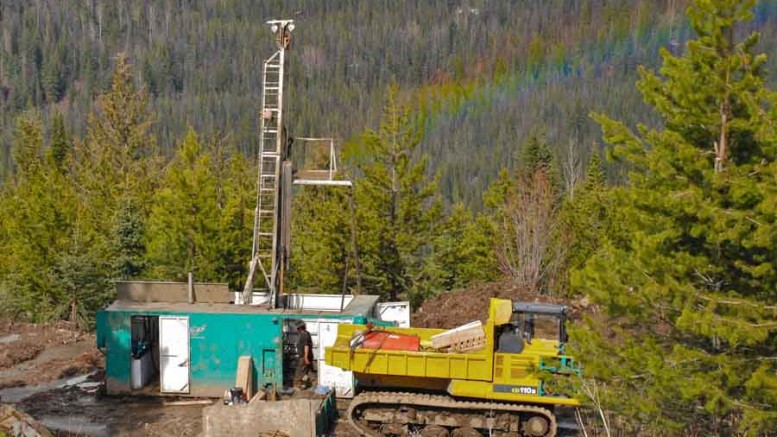April 1 is fast approaching, and B.C. mining companies are bracing for the change back to a 5% federal goods and services tax (GST), and a 7% provincial sales tax (PST).
While we expect that the mining industry will see similar exemptions to those it had under the previous GST-PST system, the regulations are still not out, even though the legislation has already been amended once. But with potential impacts on processes, contracts and cash flow, companies are being urged to act today to ensure they manage the transition as cost-effectively and seamlessly as possible, rather than waiting until they have all the information from the provincial government.
The biggest impact of the transition is that the PST cannot be recovered with an input tax credit, and is just part of the cost of goods and services purchased. This will affect cash flow, especially in an industry where equipment that’s purchased can be extremely expensive.
It’s also important to remember that, after the transition date, the PST will have to be paid on construction costs for real property. The PST will need to be collected on sales of certain equipment and other products sold directly to consumers. This may mean that computer systems will need updating and that compliance costs will increase due to the need to file a separate return to remit the tax.
With costs increasing, it is critical to carefully analyze cost expenditures to identify where your company may be unnecessarily creating PST.
For example, a common practice in mining operations is to set-up a subsidiary company that owns the large equipment and vehicles, and leases these assets back to the operating company. Today, the operating company might pay the harmonized sales tax (HST) on those leases and recover the tax later, or it may not be required to pay HST at all. After April 1, the PST will apply to the leases unless the equipment meets an exemption.
Before April 1, operating companies should consider buying equipment rather than leasing it to avoid the ongoing extra 7% tax. This will mean careful cash flow planning, but it will save money over the long-term.
The most effective way to manage the transition is to start early. You’ll also need to stay up to date on government announcements regarding exemptions. They’re expected any day.
Before the transition, there were detailed lists itemizing what was and was not exempt. Although the expert advisory committee commissioned by the government to weigh in on how to make the tax work better suggested simplifying how exemptions are handled, it’s not yet known if the government took that recommendation.
It will be important to take the time to ensure that you fully understand how your equipment fits into the exemption categories so that you are minimizing tax expenditures while staying in compliance.
With a strong understanding of the complex new rules and the proper systems, your company can take advantage of all the tax savings related to the transition, while minimizing cost and cash-flow impacts.
— Based in Kelowna, B.C., Heather Weber, CGA, is the leader of the Indirect Tax Group of Calgary-headquartered accounting and consulting firm MNP LLP (www.mnp.ca). To find out more, please contact Weber at tel. +1 (250) 763-8919 or by email at heather.weber@mnp.ca.


Be the first to comment on "Commentary: Prepping for PST in BC"